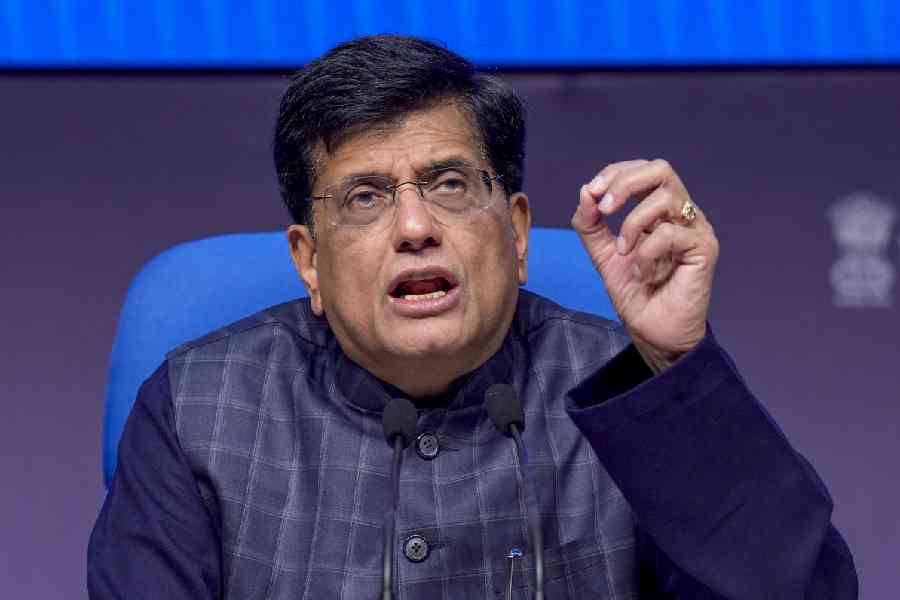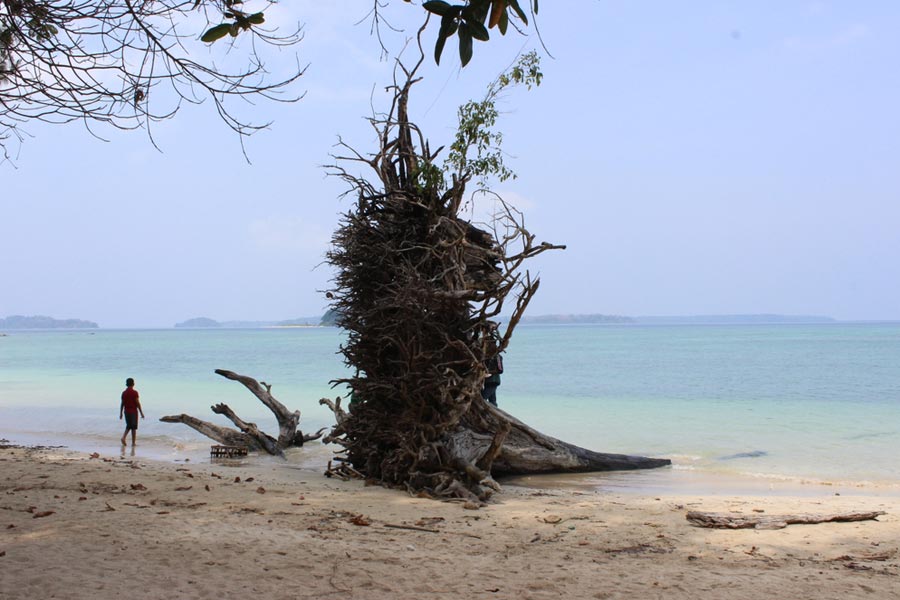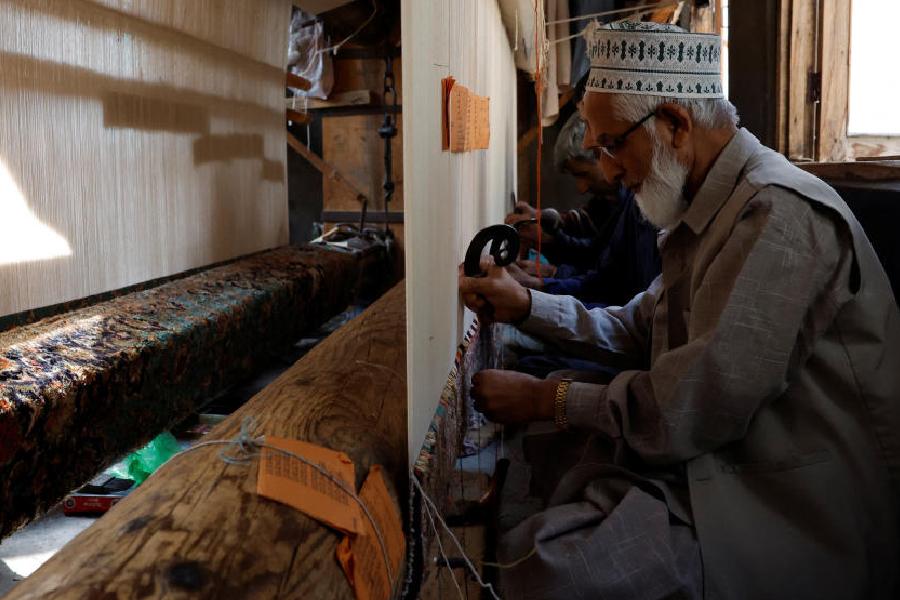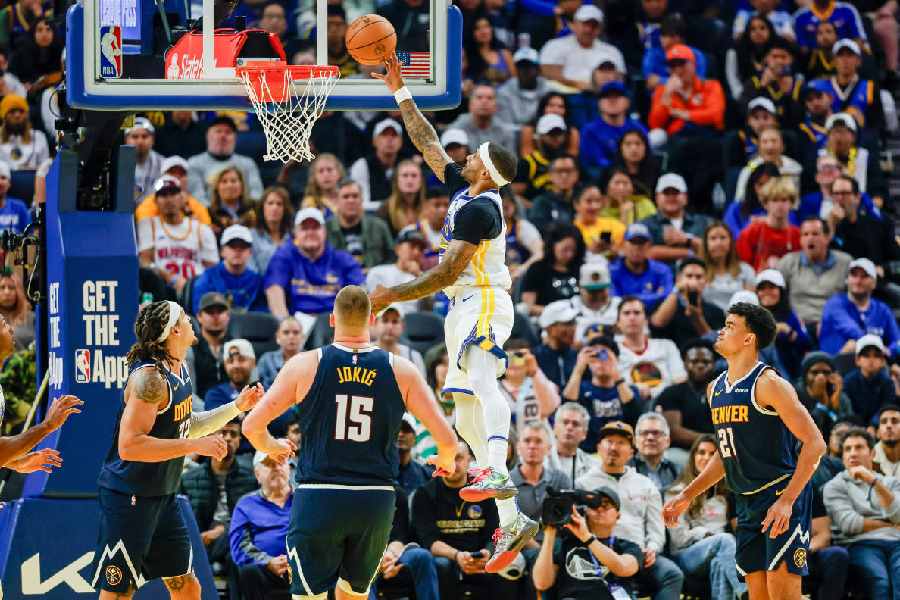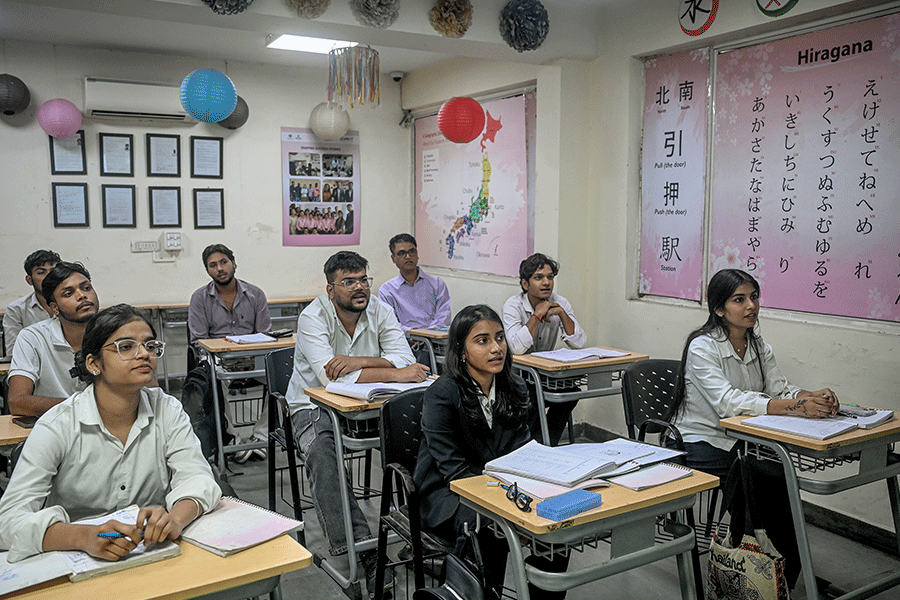 |
| Pic by |
 |
 |
| Pic by |
 |
| (From top) Mulki in Karnataka is a surfing hotspot; The Cocopelli Surf School provides surfing lessons to small groups in Gokarna, Karnataka; Members of the Mantra Surf Club pose with their gear; The first India Surf Festival took off in February at Balighai Beach, Puri |
It started as a weekend hobby for Ishita Malviya when she was studying in Manipal. One day, much to her surprise, she met a young German exchange student wandering around the campus with a surfboard under his arm. Malviya and her friends initially laughed at him but soon decided to check out the surfing action at the Ashram Surf Retreat in Mulki, about 45km from Manipal. “The entire experience was mesmerising,” says Malviya about her first foray into the sea. There are many people who say that surfing is addictive and it certainly proved that way for her. Soon she was spending every weekend riding the waves at Mulki. And today, she runs her own Shaka Surf Club at Kodi Bengre in Udupi District not far from Mulki. She’d trained about 200 would-be surfers even before launching her school and more enthusiasts are turning up every day.
Sandeep Samuel, 27, had a very similar experience. He was a young professional snooker player and was travelling around the country when he met a French surfer in Pondicherry. Samuel too was hooked from the beginning and he had an additional spot of luck when the Frenchman gifted him his surf boards (surf boards are expensive). Today he’s running the Cocopelli Surf School at Gokarna in Karnataka, about 150km from Goa airport. Says Samuel: “Somehow I got it instantly and I just couldn’t stop surfing. I’m so connected now with nature, I don’t want to stop.”
Say the word surfing and you probably think of bronzed youngsters on beaches in California, Hawaii or Down Under in Australia. Well, turn your eyes in a different direction because a small tribe of Indian surfers is taking to the ocean at different spots in peninsular India — from Odisha in the east all the way up to Gujarat in the west. “Around 5,000km of our coastline is peninsular, perfect for surfing,” says Showkath Jamal, managing partner, Bay of Life, which operates from the East Coast road between Chennai and Pondicherry.
If you’d fancy a trip to God’s Own Country — as the admen have dubbed it — why not stop off at Surf & Soul, which operates on the less-crowded beaches around Varkala since 2010. Or travel up the coast to Karnataka to the Ashram Surf Retreat (it’s also known as the Mantra Surf Club), one of the oldest schools in the country (it’s where Malviya learnt to surf). If you’d rather go east, travel to Surfing Yogis in Odisha.
 |
 |
| (From top) The Shaka Surf Club has taught over 200 students since 2007; The India Surf Festival, 2012 aimed to promote surfing as a way of life |
There are, it must be said, big pluses and minuses about surfing in India. The greatest plus point right now about grabbing your surf board and heading to the ocean anywhere in the country, is that you won’t have too much company. That was a key factor that attracted Ed Templeton and his wife Sofie, the co-owners of Surf & Soul in Varkala. “The surf was good, the water warm, and the most attractive part was that there was nobody else in the water. Where else in the world do you get that?” says Ed.
On the other hand, it must be said that you are unlikely to be riding on 15ft high monster waves — unless you’ve decided to live dangerously and go surfing during the monsoon or pre- and post-monsoon months.
On most days the waves are likely to be quite gentle — anywhere between 2ft and 5ft. Says Templeton: “The waters are good enough for most surfers.” Jamal adds that you can go stand up paddling (with a stick-like paddle) any time of the year. Samuel reckons the best time for surfing is between September and November and then again in March, April and May. He says: “June, July and August are only for professionals.”
Indians are still newcomers to the joys of surfing on the ocean waves. So the customers at the surf schools are mostly foreigners who’ve come on holiday and who’ve found info about surfing in India on the Internet. Samuel reckons that about 85 per cent of the would-be surfers who turn up at his school are foreigners. It’s the same story at the other schools, though they are gradually getting more Indians coming for lessons. At Ashram Surf Retreat Gaura Nataraj, the manager says they get a 50-50 mix of Indians and foreigners. Says Bay of Life’s Jamal: “Our idea is to promote surfing among Indians.”
Still, there are signs that surfing is poised for a high-speed take off in the coming years. And there are heavy efforts underway to market it to all-comers. Take a look at what Surfing Yogis at Balighai Beach in Puri have been doing. In February, they organised the first India Surf Festival in an effort to popularise surfing culture in this country.
 |
| Bay of Life gets between 150 and 200 amateur and professional surfers every year |
Similarly, the Ashram Surf Retreat is planning a surfing competition in early May on Panambur Beach in Mangalore. Besides that, it’s planning a surfing camp. Says Nataraj: “Within one or two years surfing will be a big thing in India.” And Samuel says he is training several youngsters who live around his school in Gokarna, Karnataka.
Whether it’s foreigners or Indians, business seems to be booming. Samuel says his phone doesn’t stop ringing during the season and, as a result, he’s now looking for a second instructor. It’s a similar story at Kallialay Surf School between Pondicherry and Auroville run by brothers Samai and Juan Reboul (it’s called Kallialay because a large rock in the sea creates good waves; kall means rock or stone in Tamil and alay means waves). The two brothers are run off their feet during February and March.
The extra thrill about a surfing holiday is that all the action takes place in beautiful settings. Samuel, who was born in Chennai and who first surfed on the east coast, insists that Gokarna is the most beautiful spot in India. He’s building a house there and is also trying to organise home stay facilities. He reckons he can teach about two or three groups a day at the most.
Similarly, Varkala in Kerala where Surf & Soul has opened, is a hot tourist spot on the Kerala map.
Surfing Yogis pitches itself slightly differently. It designs bespoke holidays with plenty of surfing and a bit of tourism thrown in. If you’re travelling with friends or with your clan, you can contact the company and they will suggest a good time for you to come down and help you find accommodation.
Gearing up
What do you need for a surfing holiday? Be warned that surfing equipment is expensive. A board can cost around Rs 25,000 and there are other crucial accessories like the rope that keeps surfers attached to their boards. Also, there’s the wax that’s applied to the board to ensure that you don’t slip off. You can rent these from the surf schools and that’s usually included in the price.
You’ll also need a set of nylon clothes that cover most of your body. Otherwise you can get nasty rashes from the constant abrasions while surfing. Malaviya advises that you carry some sun-block lotion in case you have sensitive skin.
The rule book
The first rule if you want to surf is an obvious one: you must know swimming. But age is no bar when it comes to
getting on a surf board. Generally, the schools will teach children above the age of four at their surf camps.
Kishore Kumar of Surfing Federation of India, who also runs the Ashram Surf Retreat, says it’s important to have lessons on the beach for two or three days before venturing out into the ocean. You’ll need to learn about how to stand on a surfboard in water and also how to tackle a wave. Also, you must learn how to get off the surfboard when you’re done riding the wave. Says Kumar: “A good surf school has to teach you all this and more before they let you into the water.”
There’s also a score of other details you need to learn about the equipment and gear, and also about surf etiquette and understanding rips and currents.
Safe surfing
Obviously, safety is crucial at any surfing school. At the Shaka Surf Club for instance, the proprietors have received training in surf rescue, first aid and CPR from the American Red Cross Society. It’s crucial to check about safety before checking in at a surf school.
For others, like Templeton, it is important their instructors also have certification. “We only use International Surf Association (ISA) qualified surf instructors. We’ve some on the staff already and are hoping to get more of our local surf guides to become ISA qualified this year,” he says.
Pocket pinch
One of the great attractions about surfing in India is that it isn’t bank-breakingly expensive.
Take Soul & Surf, set up in an old Kerala-style building in Varkala. Sofie and Ed charge approx. Rs 11,612 for their basic room per person, per week. It includes stay, breakfast, daily surfing guide or surf lesson, mineral water and even Yoga mats. Or if you’re staying elsewhere and just want a surf lesson, each lesson will cost you about Rs 774, minus the board rental.
Head up the coast to The Shaka Surf Club where they charge Rs 1,000 for one lesson. This is reduced to Rs 700 for students. The lesson lasts for about three hours or till you get tired, they say — whichever comes first. There are a lot of accommodation options in and around Manipal, depending on your budget and the Shaka owners help you find something nearby. They also take care of transportation from Manipal to the beach location. You can make bookings at www.theshakasurfclub.wordpress.com.
At Ashram Surf Retreat at Mulki, they charge approx. Rs 1,300 for two classes. This doesn’t include renting boards, which can cost between Rs 200 and Rs 300, depending on the size of the board. The
retreat has three guestrooms and a maximum of six guests can stay there at a time. The standard room charge for single occupancy is Rs 2,500 a day. Book sessions through www.surfingindia.net
Are you ready to be a surfing pioneer in Indian waters? It’ll be an adventure and a holiday that combines beautiful locations and the Great Outdoors. It’s surely worth a try.
Surfing lingo
- Beach break: Where the waves break on the sandy seabed, the best to start surfing on
- Point break: Where a wave breaks on to a rocky point
- Reef break: Where a wave breaks over a coral reef or a rocky seabed. These waves are usually the classic ones seen on surfing videos but can be dangerous too
- Barrel/ Tube: Where the wave is hollow when it is breaking
- Ankle Busters / Snappers: Small waves
- Bomb: An unusually large wave
- Dune: A big peaky wave
- Scab: A reef or rock
- Double overhead: A wave twice as tall as its rider
- Shore pound: A dangerous condition, due to high tide or larger surf, where the waves break in one single “wall” on to the beach, often in shallow water
- 180/ 360: The spin of a surfer’s board during a manoeuvre, like a 360° turn
- Aerial: A trick where the board takes off from the lip of a wave into the air and lands back on the face of the wave
- Cutback: A classic surfing move used to change direction when streaking ahead of the curl of a wave with a powerful turn back towards the breaking part of the wave (white water)
- Eskimo roll: A method for getting through a broken or large wave without being washed towards the shore
- Grubbing: Falling off one’s board while surfing


